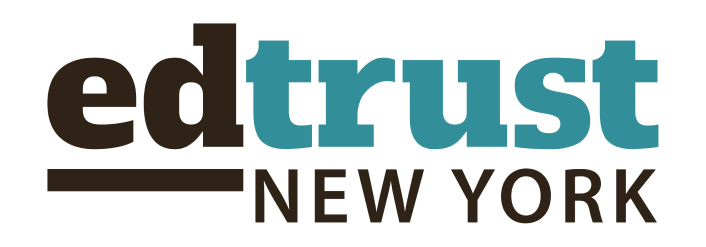New York State’s community colleges – both in the SUNY and CUNY systems – can play a vital role in meeting postsecondary attainment goals. They can be essential members of each student’s “life village,” a community comprising of family, neighborhood, community–based organizations, K-12 schools, postsecondary education, and the world of work.
For many students, these 37 institutions are portals to postsecondary educational opportunities. At the same time, they can be integral bridges for a student’s “Grades 9-16 Pathway,” providing important connections to secondary schools and four-year colleges. Their wide-ranging curricula provide students with work-ready skills and preparation to transfer to a four-year college and beyond. Courses are offered to accommodate the competing demands on their diverse students’ personal schedules. With agile operating models, they can respond quickly to emerging workforce needs.
And they can be critical partners in helping New York achieve an ambitious attainment goal of 60% of New Yorkers holding a postsecondary degree or credential by 2030, something that will be essential as the state looks to recover from the economic impact of the pandemic.
The SUNY and CUNY systems offer web tools to assist students seeking to transfer: SUNY Transfer Portal, CUNY Online Transfer Advising Tool. Many of New York’s 100+ independent colleges and universities offer a variety of transfer opportunities for community college students.
Dual enrollment programs with area high schools expose students to college-level work and encourage them to pursue postsecondary education.
Community colleges also make financial “cents” by saving students dollars. Carefully developed study roadmaps – including financial plans – incentivize students to optimize available financial aid and their personal investments as they pursue their educational targets. Partnering with four-year institutions, community colleges can provide students seeking bachelor’s degrees a financial leg-up.
Currently available transfer tools, dual enrollment, and financial plans operationally support students seeking additional education at community colleges. However, completion – and transfer – numbers continue to be low. Students – particularly first-generation and those from low-income backgrounds – and their families often are overwhelmed and intimidated by the myriad processes and deadlines presented to them. Points of transitions along the “Grades 9-16 Pathway” often are more transactional than relational. The efficacy of these tools is only as good as the ability of students to utilize them. Although not a transfer program per se, CUNY ASAP has proven that providing students with consistent wraparound support can lead to increased completion of their academic programs.
As part of its Student Success initiative, the New York State Association of College Admission Counseling recently published a Transfer Practices Report based on an eight–week series of virtual conversations focused on college transfer policies and processes. Practitioners from the full spectrum of the “Grades 9-16 Pathway” participated in these discussions. Three overarching themes emerged from these sessions. Consider: each member of a student’s “village” should know well how others within this are working with students. Collaborate: find ways to join forces, optimizing resources and creating efficiencies to support student success, particularly in times of constrained budgets. Communicate: share information widely and often.
Consideration + Collaboration + Communication = Completion!
With a common goal, we can muster our collective resources to, in many situations, better leverage the opportunities at our community colleges. The results: increased postsecondary attainment and completion. Student Success!
Kurt Thiede is the founder of Community College Pathways and the manager of the Student Success Project with New York State Association for College Admissions Counseling.
